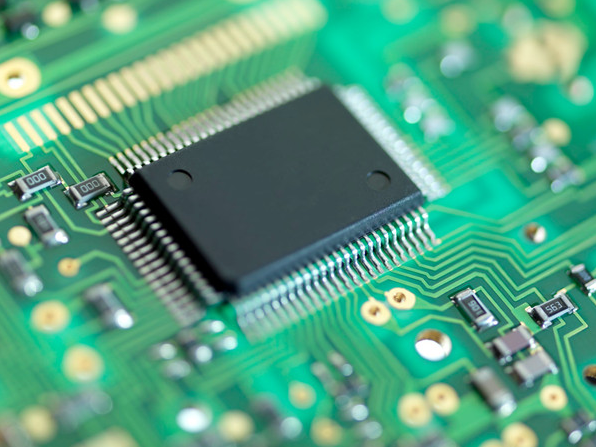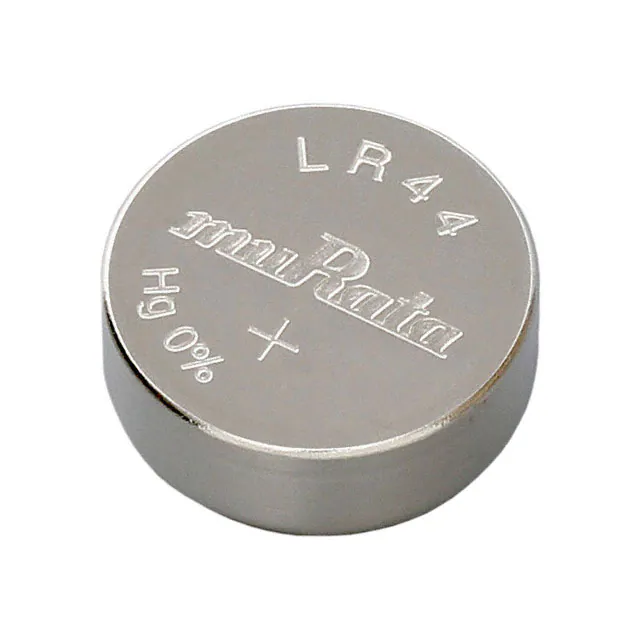A Simple Guide to Electronics Components in 2025
Electronics components make up the building blocks of every gadget you use today. In 2025, these tiny parts drive a market worth over USD 427 billion and power everything from cars to smartphones.
You will find two main types:
-
Active components add energy or control signals, like transistors and integrated circuits.
-
Passive components store or use energy, such as resistors, capacitors, and inductors.
Curiosity and hands-on practice help you learn how each piece fits into a working circuit.
Key Takeaways
-
Electronics components come in two main types: active parts that control or add energy, and passive parts that store or use energy.
-
Resistors, capacitors, inductors, transistors, diodes, and integrated circuits each have unique roles that keep devices working smoothly.
-
Learning electronics is easier with hands-on practice, using tools like breadboards and starter kits to build and test simple circuits.
-
Choosing the right parts means reading datasheets carefully, picking trusted brands, and balancing cost with quality and availability.
-
Buying from top distributors ensures you get genuine parts with good support, helping your projects last longer and work better.
Electronics Components Overview
Active Components
Active components help you control the flow of electricity in a circuit. These parts can add energy or amplify signals. You often see transistors, integrated circuits, and diodes in this group. For example, transistors act like switches or amplifiers in your devices. Integrated circuits, or ICs, pack many small parts into one chip, making your gadgets smarter and faster.
Tip: When you look at a circuit board, active components usually have more pins and sometimes a black plastic body.
Active components play a big role in modern technology. In 2025, the market for these parts is expected to reach over $396 billion. This growth comes from the rising demand for smart electronics, electric vehicles, and healthcare devices. You also benefit from better performance, like improved power efficiency and faster processing, thanks to new designs and manufacturing methods.
Passive Components
Passive components do not add energy to a circuit. Instead, they store, filter, or use the energy already present. The most common types are resistors, capacitors, and inductors. Resistors limit the flow of current. Capacitors store and release energy quickly. Inductors help manage changes in current.
-
The automotive sector relies heavily on passive components.
-
These parts help make your electronics more reliable and efficient.
You find passive components in almost every electronic device, from your phone to your car. The global market for these parts continues to grow, especially in Asia-Pacific, where manufacturing is strong.
Common Types in 2025
Here is a quick look at the most common electronics components you will see in 2025:
The electronics components market keeps growing, with a projected value of over $224 billion in 2025. Asia-Pacific leads in production, while North America grows quickly due to new technology and electric vehicles. Companies like Broadcom, TDK, and Texas Instruments shape the industry. You will notice trends like miniaturization and better energy efficiency in the latest designs.
Key Components and Their Functions
Resistors
Resistors help you control the flow of electric current in a circuit. You use them to protect sensitive parts, like LEDs, by limiting how much current passes through. You also find resistors in voltage dividers, which provide reference voltages for other parts of your circuit. Pull-up and pull-down resistors set clear voltage levels when a circuit is not active.
You can spot resistors by their small, cylindrical shape with colored bands or as tiny rectangular chips on modern boards. Different types include carbon film, metal film, metal oxide, wirewound, and surface mount resistors. Each type has its own use:
-
Carbon film resistors work well for general tasks.
-
Metal film resistors offer high precision for audio and sensor circuits.
-
Wirewound resistors handle high power and heat.
You see resistors everywhere, from phones to cars. They help reduce noise, sense temperature, and even act as safety fuses in power supplies.
Tip: Always check the resistor's color code or printed value to know its resistance.
Common Uses of Resistors:
-
Current limiting for LEDs and other components
-
Voltage dividers for reference voltages
-
Pull-up and pull-down resistors for logic circuits
-
Power dissipation and noise reduction
-
Feedback networks in amplifiers
Capacitors
Capacitors store and release energy quickly. You use them to smooth out voltage changes, filter signals, and keep circuits stable. In power supplies, capacitors reduce voltage ripple and protect sensitive electronics.
Reliability matters for capacitors. Modern testing uses simulations, accelerated life tests, and even artificial intelligence to predict how long a capacitor will last. If you use a capacitor within its rated voltage and temperature, it can last a long time-failure rates can be as low as 0.01% per 1,000 hours. But if you push it too hard, failure rates rise quickly. Moisture and mechanical damage are common problems, so careful handling and good design help prevent issues.
You can identify capacitors by their shape: small cylinders, disks, or rectangular blocks. Labels show their value in microfarads (μF), nanofarads (nF), or picofarads (pF).
Note: Always match the capacitor's voltage rating to your circuit to avoid early failure.
Inductors
Inductors store energy in a magnetic field when current flows through them. You use inductors to filter signals, reduce noise, and manage power in circuits. In power supplies, inductors smooth out current and help convert voltages efficiently.
You often see inductors as coils of wire, sometimes wrapped around a core. In modern electronics, they help reduce ripple voltage, filter out unwanted signals, and store energy for switching regulators.
Tip: Inductors feel heavier than resistors or capacitors of the same size because of their wire coils and cores.
Diodes and LEDs
Diodes let current flow in only one direction. You use them to protect circuits, convert AC to DC, and control signal paths. LEDs (Light Emitting Diodes) are special diodes that emit light when current passes through them.
LEDs have changed lighting. They use less power and last longer than old bulbs. High-power LEDs can run at 350 mA and 3 V, with some reaching up to 1.5 A. LEDs shine in many colors, from ultraviolet to infrared. You find them in indicator lights, displays, traffic signals, car headlights, and even plant grow lights.
LED efficiency keeps rising. In 2020, top LEDs reached 220 lumens per watt, while old incandescent bulbs managed only 18 lumens per watt. This means LEDs save energy and money.
You can spot diodes by their small, black, cylindrical bodies with a silver band marking the cathode. LEDs look like tiny bulbs with two legs, often clear or colored.
Note: Always connect LEDs the right way-long leg to positive, short leg to negative.
Transistors
Transistors act as switches or amplifiers. You use them to turn circuits on and off, boost signals, and build logic gates. Modern electronics depend on transistors for everything from computers to cars.
New materials like gallium nitride (GaN) make transistors more efficient. GaN transistors help data centers save energy, reaching over 94% power supply efficiency. They also reduce heat, which means less cooling and fewer failures. You see GaN transistors in electric vehicles and 5G networks.
You can identify transistors by their three legs and flat or round plastic bodies. Surface-mount types look like tiny black rectangles with three or more metal contacts.
Tip: Always check the part number on a transistor to find its type and pinout.
Crystals and Oscillators
Crystals and oscillators keep your electronics running on time. You use them to set clock speeds in computers, phones, and watches. They create precise signals that help circuits stay in sync.
Key features include:
-
Frequency: Sets the timing, from 32.768 kHz (watches) to over 100 MHz (computers).
-
Tolerance and Stability: Small changes in frequency can affect accuracy.
-
Load Capacitance: Needed for correct operation.
-
Aging: Frequency can drift over time.
-
Package Type: Surface-mount or through-hole shapes.
Common problems include unstable oscillations and frequency drift, often caused by temperature changes or poor design. Special types like TCXO (temperature-compensated) or OCXO (oven-controlled) crystals help keep timing stable.
Note: Always choose a crystal with the right frequency and stability for your project.
Integrated Circuits
Integrated circuits (ICs) pack many tiny components into a single chip. You use ICs in almost every modern device, from smartphones to cars. They handle tasks like processing data, storing memory, and controlling power.
ICs must be reliable. They face stress from heat, electricity, and mechanical forces. If you push an IC too hard, it can fail early. Engineers use advanced models and tests to predict how long an IC will last. High-stress tests help find weak spots before devices reach you.
You can spot ICs as black rectangles with many metal legs or pads. Some have just a few pins, while others have hundreds.
Tip: Always handle ICs carefully and avoid static electricity, which can damage them.
Working Together in Circuits
Simple Circuit Examples
You can see how basic parts work together by building simple circuits. Each component has a job, and together they make devices function. Here is a table showing how common parts combine in real-world examples:
You can build a simple LED circuit using a battery, a resistor, and an LED. The resistor keeps the LED safe by limiting the current. If you add a switch, you control when the LED turns on or off. This basic setup shows how each part works together to create a working device.
Prototyping and Kits
You can start learning by using prototyping tools and kits. Many beginners use breadboards to test ideas before making a final product. Breadboards let you connect parts without soldering, so you can change your design easily.
Follow these steps to build and test a simple circuit:
-
Draw a schematic of your idea.
-
Choose parts based on voltage, current, and tolerance. For example, a 1K resistor may measure between 900 and 1100 ohms.
-
Build your circuit on a breadboard.
-
Test and fix any mistakes.
-
Move to a printed circuit board (PCB) for a permanent version.
Tip: Kits often include resistors, capacitors, LEDs, and transistors. You can follow instructions or try your own designs.
Prototyping helps you learn how circuits work and lets you fix problems before making a final device. You also save money and time by testing ideas first.
Choosing and Sourcing Components
Reading Datasheets
When you pick a part for your project, always start by reading its datasheet. A datasheet gives you important details like voltage, current, resistance, and size. You should check each value carefully. Try these steps to avoid mistakes:
-
Look at the main ratings, such as voltage and current.
-
Compare the part's limits with your circuit's needs.
-
Check for special notes about temperature or safety.
-
Use item-by-item checking to spot errors, not just a quick scan.
Some errors in datasheets are easy to see, but others need close attention. Reading slowly and double-checking numbers helps you catch mistakes. Many people use Excel or a checklist to compare values and find mismatches.
Tip: Always use the latest datasheet from the manufacturer's website to get the most accurate information.
Selecting Parts
Choosing the right part means more than just picking the cheapest option. You want your project to work well and last a long time. Here are some key points to guide you:
-
Understand the technical specs-voltage, current, resistance, capacitance, and frequency.
-
Pick parts from trusted brands to avoid early failures.
-
Make sure the part fits with other components in your circuit.
-
Check the size and shape so it fits your design.
You also need to balance cost, quality, and availability. Sometimes, paying a bit more for a reliable part saves you trouble later. Watch out for fake or old parts, as they can cause problems. Always check if the part meets safety rules and comes with a warranty.
-
Availability: Make sure you can get enough parts when you need them.
-
Application fit: The part must do the job you want.
-
Compliance: Meets all standards and rules.
-
Support: Good suppliers offer help and returns.
Note: Building a good relationship with suppliers helps you get better service and solve problems faster.
Where to Buy
You can find electronic parts from many online stores. The top distributors in 2025 offer fast shipping, wide selection, and strong support. Here is a list of the leading global distributors:
You can visit these sites to compare prices, check stock, and read reviews. Many offer datasheets, technical support, and fast delivery. Always buy from trusted sources to avoid counterfeit parts.
You gain valuable skills when you learn how circuits work. Building and troubleshooting devices becomes easier with practice. Over the past two decades, research has shown exciting changes in how people learn about electronics:
-
Interactive and collaborative learning stays important.
-
Mobile learning and online tools grow each year.
-
New technologies like AI and gamification shape the future.
Try hands-on kits and explore online resources. Your curiosity will help you keep up with new trends and enjoy every project.
FAQ
What is the easiest way to identify electronic components?
You can look for labels, shapes, and colors. For example, resistors have colored bands, capacitors show values, and ICs have part numbers. Use a component chart or app to help you match what you see.
Can I mix old and new components in my projects?
You can mix them, but check the voltage and current ratings. Some old parts may not work well with new designs. Always read datasheets and test your circuit before final assembly.
Where can I find free resources to learn electronics?
You can visit websites like SparkFun, Adafruit, and All About Circuits. Many YouTube channels offer step-by-step guides. Libraries and online courses also provide beginner-friendly lessons.
How do I avoid damaging sensitive components?
You should handle parts with clean, dry hands. Use an anti-static wrist strap when working with ICs. Store components in anti-static bags. Avoid touching metal pins directly.
What tools do I need to start building circuits?
You need a breadboard, jumper wires, a multimeter, and basic hand tools like wire cutters. A soldering iron helps with permanent builds. Starter kits often include these tools and common components.
Related information
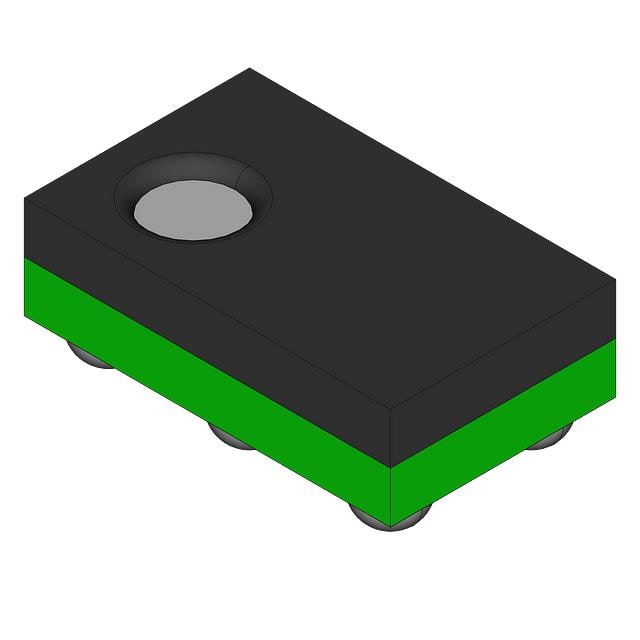
-
IP5002CX8/P135 NXP USA Inc.
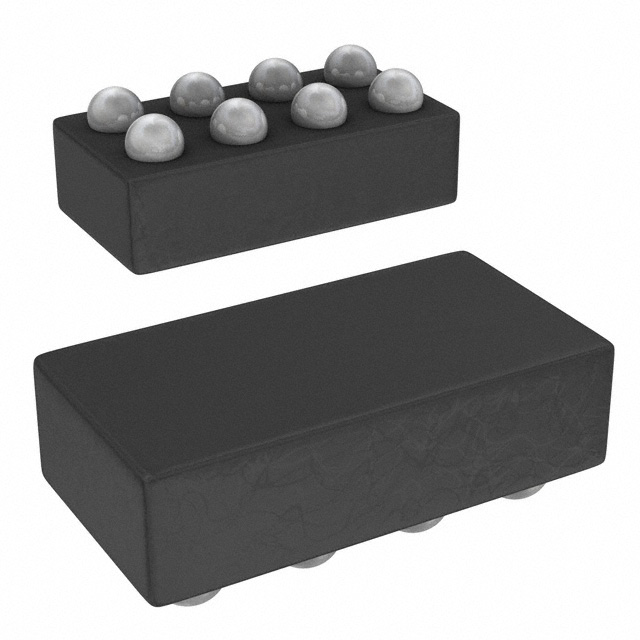
-
ADAU7002ACBZ-RL Analog Devices Inc.
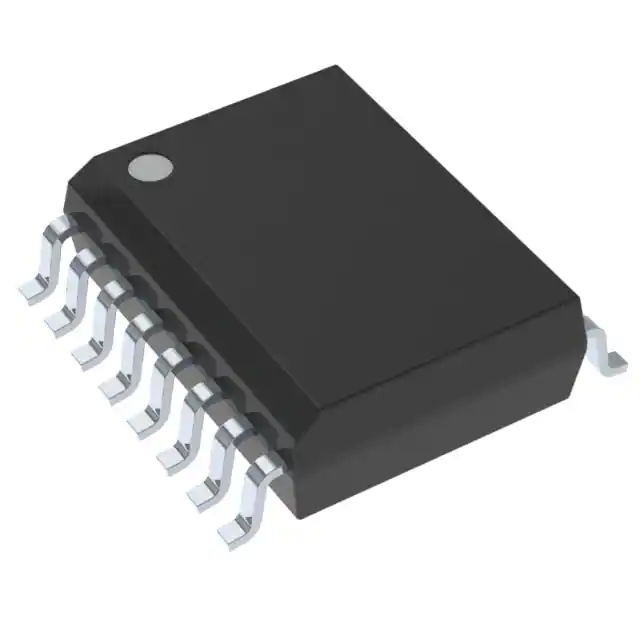
-
PGA2320IDW Texas Instruments
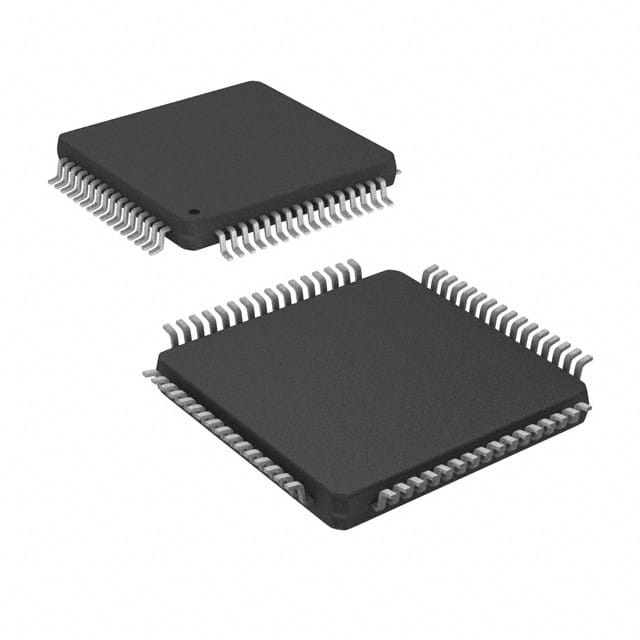
-
SRC4184IPAG Texas Instruments
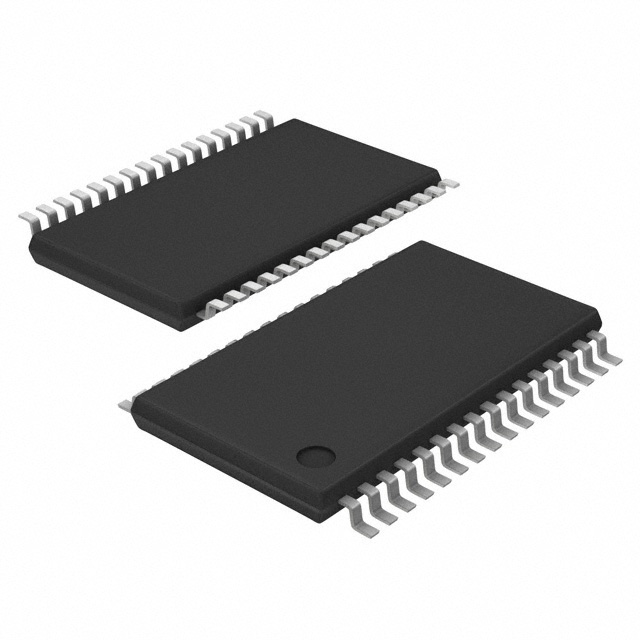
-
MUSES72320V-TE2 Nisshinbo Micro Devices Inc.
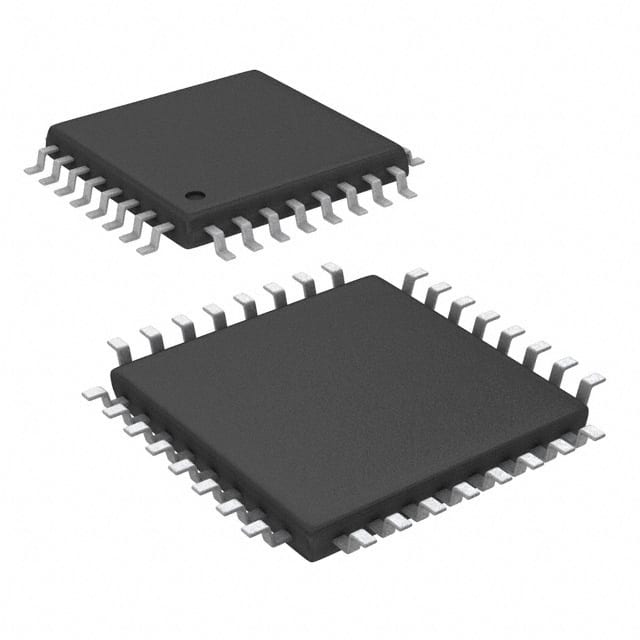
-
PCM2706CPJT Texas Instruments
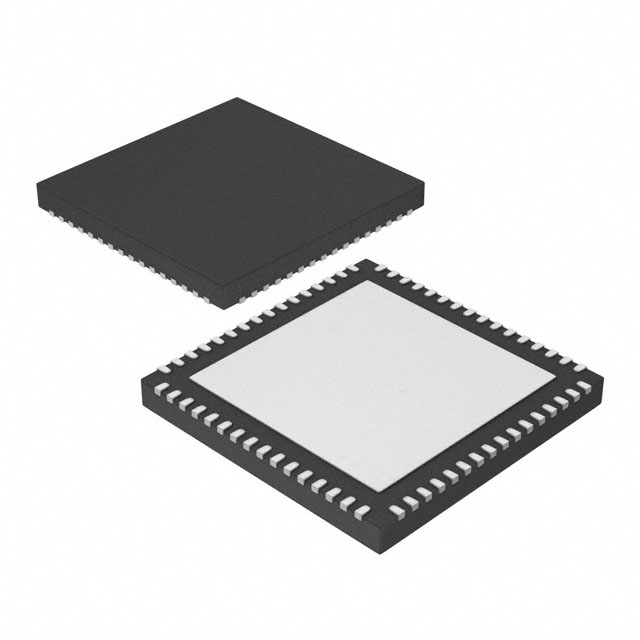
-
ZL38040LDG1 Microchip Technology

-
PGA2310UA/1K Texas Instruments


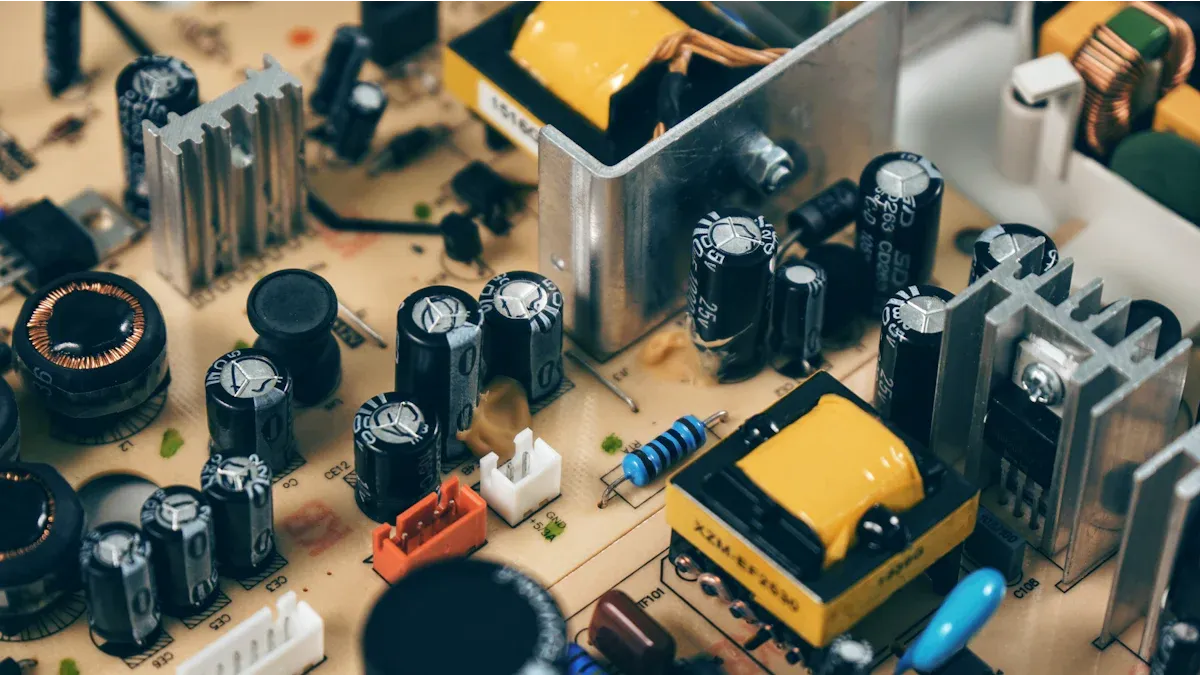
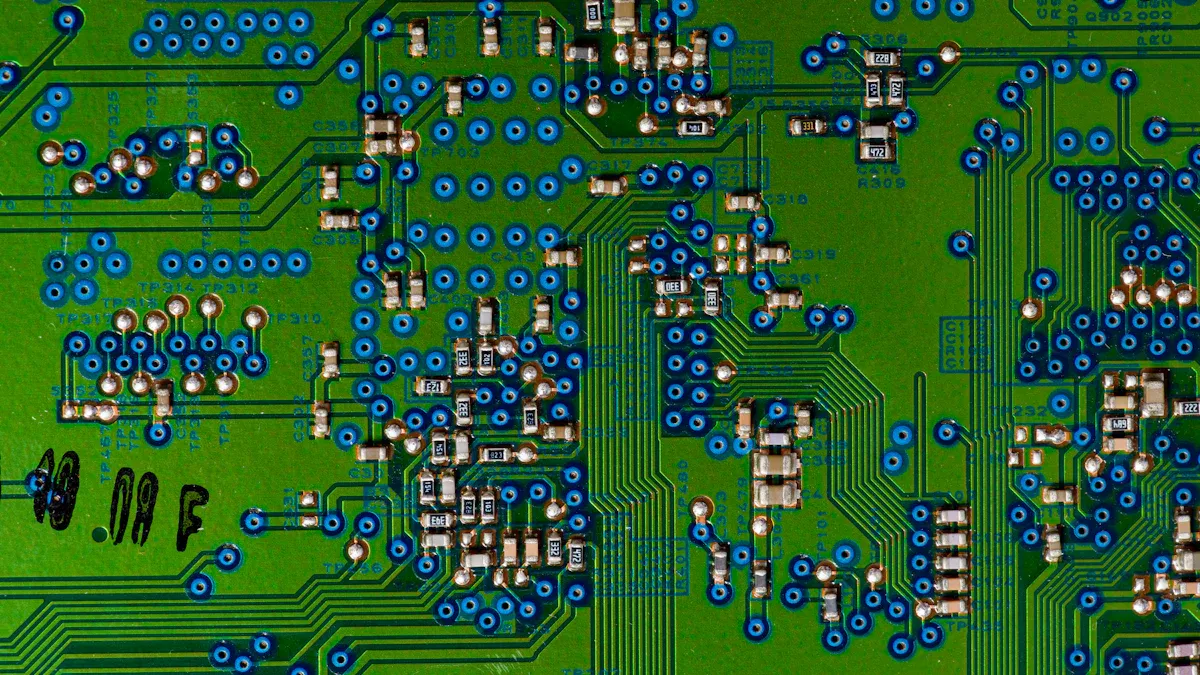
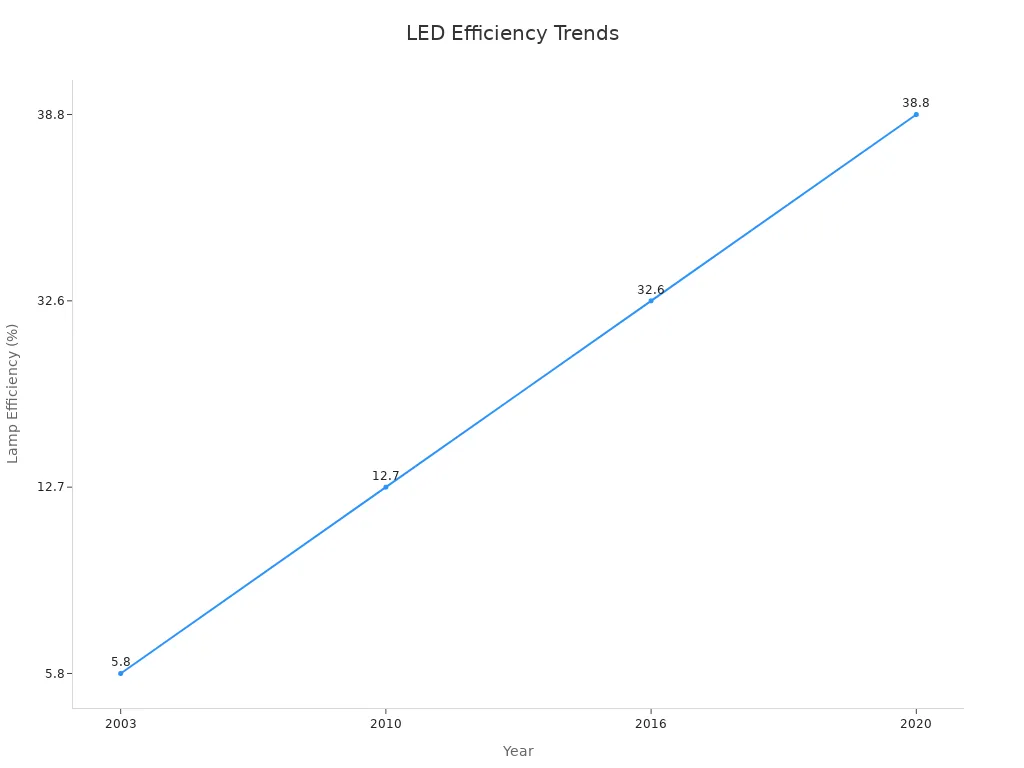
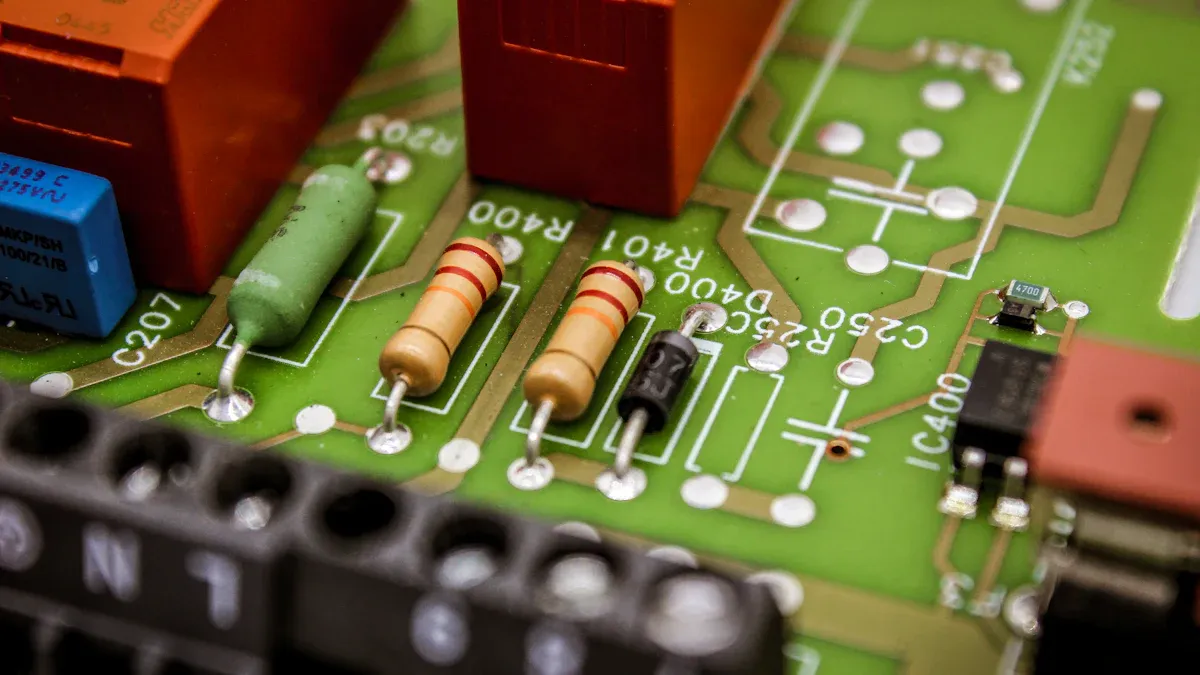
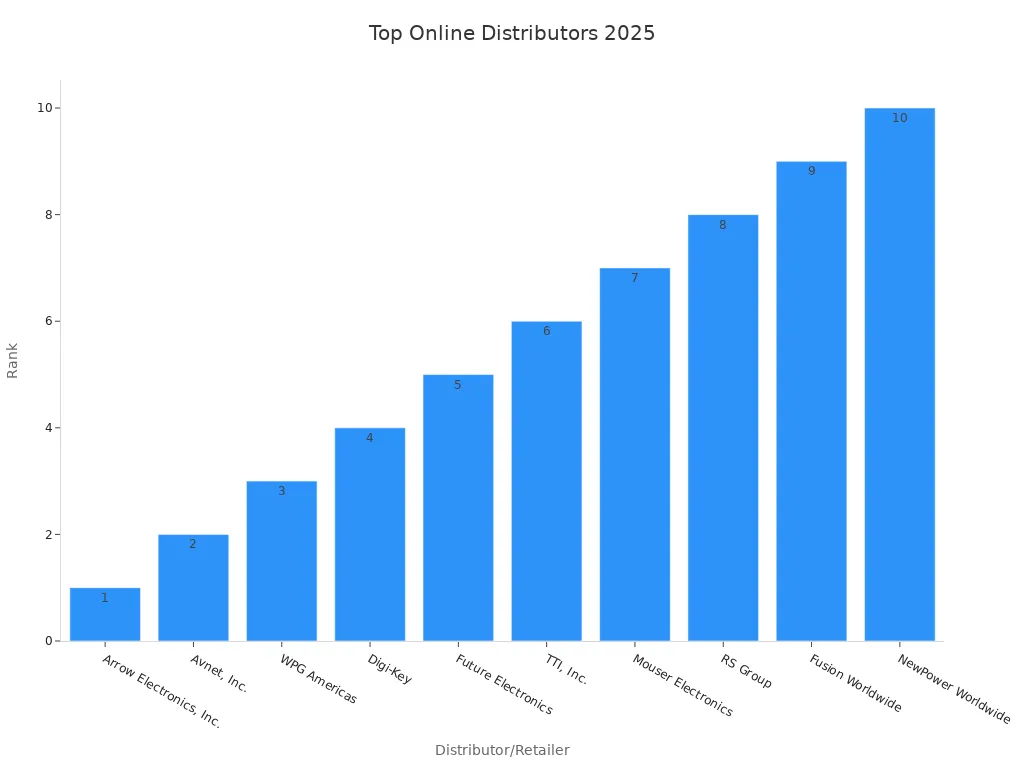
.png)
